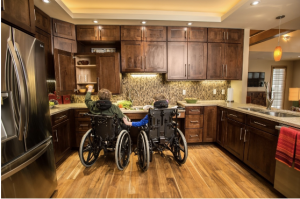Helpful Articles

Space That Works for Everyone
BestBath Intelligent Design
Universal Design. Aging-in-Place. Accessible Design. Three terms with similar goals: to create living spaces that are safe and efficient for users. At Bestbath®we focus on Universal Design because it encompasses this goal for everyone, no matter their age or abilities. Integrating Universal Design principles into your home during a remodel is smart. It can lead to increased safety, comfort and even home value
— with minimal added expense.
But where should you start? READ MORE

Renovating Now for Future Accessibility
National Post
Last week, I wrote about a client of mine who was living with her parents and wanted to renovate her home to accommodate their needs as they aged. I recommended she focus on taking care of the basic needs first — eating, sleeping, and bathing comfortably. To make her home truly accessible for people of all mobility levels, there was still work to be done. Building for life may seem like a big job -- and it is — but if you break it down into smaller projects, you can take it one step at a time.
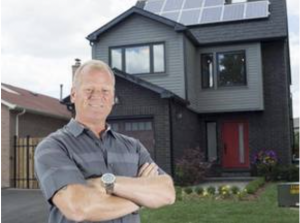
Most Baby Boomers Not Prepared to Age in Their Homes
Wood Working Network
GOLDEN, Col. - Aging homeowners understand typical aging-related remodeling projects - from bathtub bars to wheelchair ramps - but view them as irrelevant, according to a new study of the subject. More than 86 percent of the aging Baby Boomer generation of homeowners surveyed are familiar with common aging-related renovations, but less than a quarter (22 percent) have completed an aging-related project. The report by HomeAdvisor, a remodeling contractor locator service, discusses the need for a new dialogue about aging in place and suggests three solutions to achieve this: change the perception, focus on livability and maximize smart-home technology.
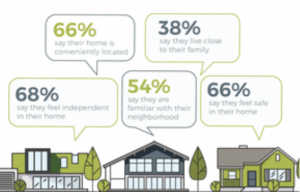
Building For America's Bravest
Tunnel to Towers Foundation
Building for America’s Bravest is a program of the Stephen Siller Tunnel to Towers Foundation that builds Smart Homes for our most catastrophically injured service members returning home. Each home is custom designed to address the unique needs of each individual. Energy efficient, automated and easily accessible—these homes use "adaptive technology" to help our most severely injured heroes live better, more independent lives.
WATCH VIDEO
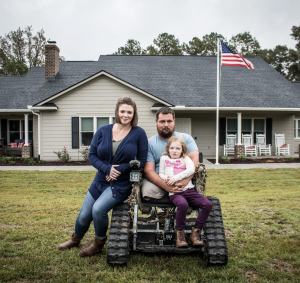
For the Disabled, Smart Homes are Sweet Home
Shalene Gupta | Feb 1, 2015 | Fortune
Smart homes, stuffed with futuristic appliances that can be controlled remotely, are being heralded as the wave of the future. They’re also a potential game-changer for the disabled. Connected appliances may be the answer for helping the elderly, blind and wheelchair users be more independent in their homes.
When Steve O’Hear moved into his new home in London fifteen years ago, he couldn’t turn the lights on and off: The switches were beyond his reach. O’Hear uses an electrical wheelchair, and even though the switches were built lower than usual to accommodate him, they were still too high. For years, he had to rely on someone else to turn the lights on - that is until he installed Internet-connected lights that he could turn on with his smartphone.
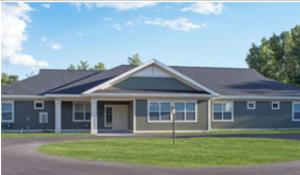
Accessible Living Before Its Time
Finn Bullers | Jan 01, 2015 | New Mobility
There was a time more than six decades ago when an egomaniacal architect dreamed big, lived even bigger and kept as his constant companion sketch
pads, scribbled notes and wine-soaked napkins that held his creative
visions for prairie-style feng shui.Decades before the Americans with Disabilities Act became law in 1990, the Laurent House was designed to be appreciated aesthetically from a seated position. The house also includes switches, built-in desks, as well as other disability-friendly features — universal design decades before barrier-free living was on its way to being hip.
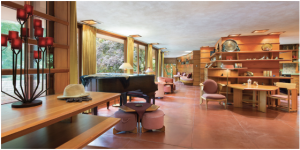
Famed Architect Michael Graves, in a Wheek Chair, Widens His Design Focus
Barbara Sadick | July 14, 2014| Washington Post
In 2003, Michael Graves had just returned home from a business trip to Germany and Switzerland. He wasn’t feeling well and told colleagues at his architectural firm that he was leaving early to go home and rest. By the next morning, Graves, one of America’s most prominent architects and designers, was fighting for his life against a mysterious virus.
This story is not about the virus or his rehab, but about what Graves
has done with the rest of his life: design hospitals and rehab centers
for people like himself, for wounded soldiers and for others facing huge physical challenges. Most of what exists now for such people, he
says, is just too depressing to even die in.
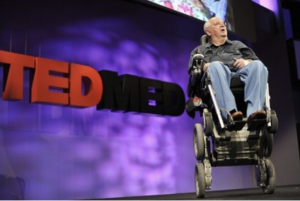
More Homes Embracing Universal Design Principles
Harvey S. Jacobs | May 30, 2014 | Washington Post
Although “universal design” has been around since the 1960s, it is now gaining some much-needed attention as our society recognizes that all people should be able to live and function independently in their homes throughout their life regardless of their physical or mental ability.
Home builders, renovators, architects, designers and manufacturers increasingly are incorporating universal design principles into
their plans and products.
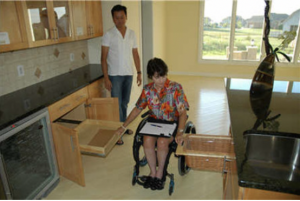
Parents Build Long-Term House for Disabled Sons
Beth Herman | April 25, 2014 | Washington Post
Andy and Jennifer Cibula spent 10 years planning and building their new home in Oakton, with two objectives: to design it so that their two young disabled sons can grow up and live there with a caregiver long after they are gone. And that it not aesthetically announce that anyone disabled lived there.
When the family moves in later this spring, the $2 million, 7,000-square-foot contemporary-style residence will feature cutting-edge technology. Joshua, 16, and David, 12, will be able to use iPads to call for Mom or to raise the blinds or to play Taylor Swift. The cabinets will be able to move up and down. Touchless faucets will compensate for dexterity issues. And the security system will alert the Cibulas if one of the boys gets up and doesn’t return to bed. Even the warm-water dog wash outdoors will be at wheelchair level for the family’s anticipated service dog.
